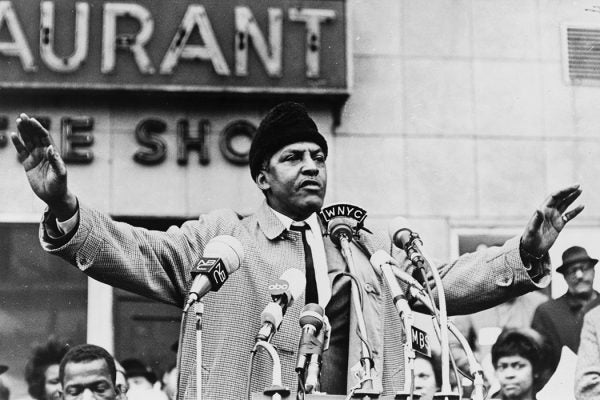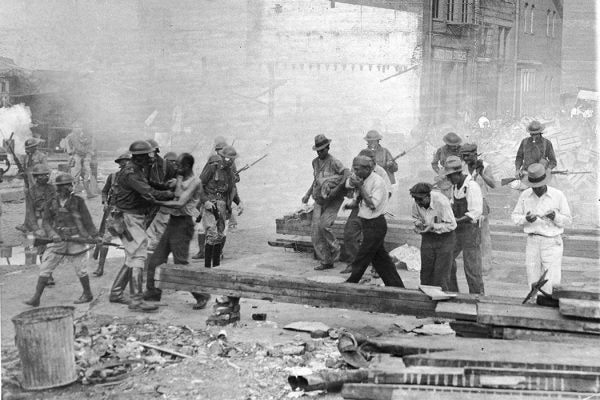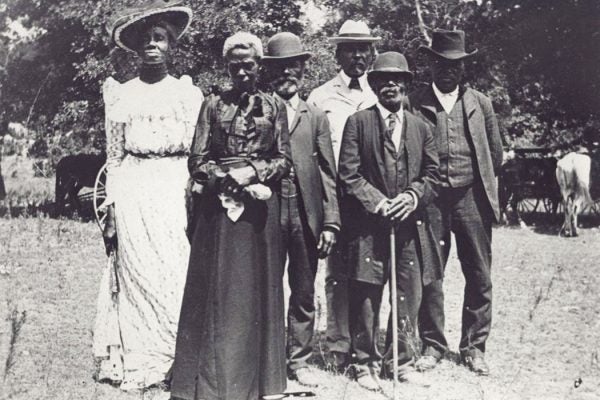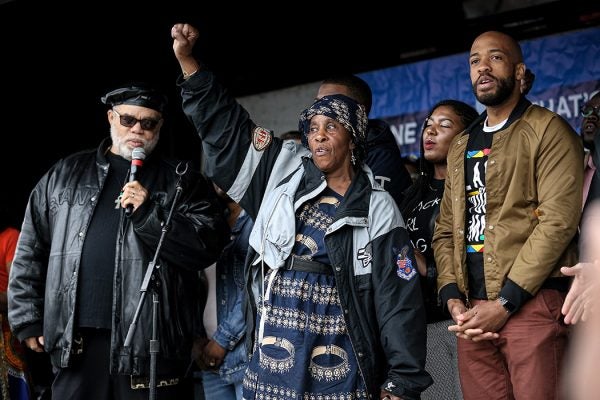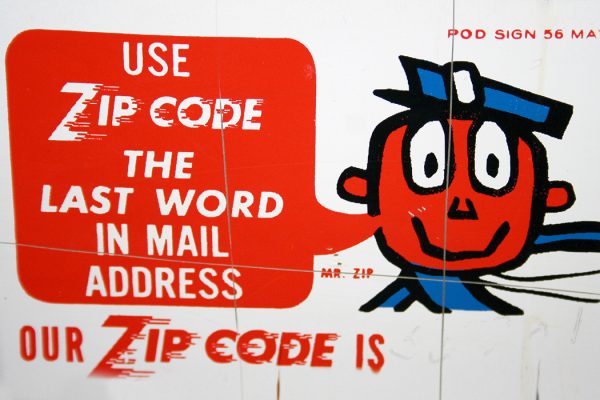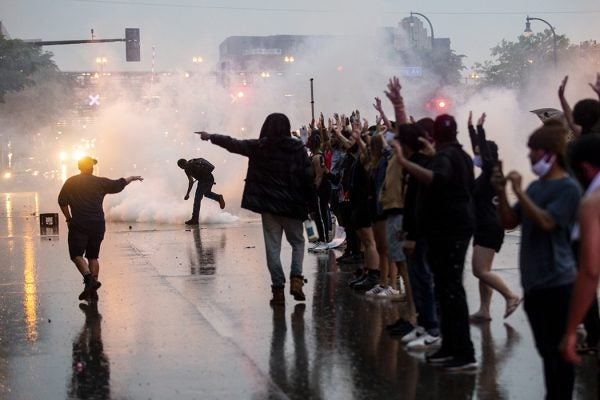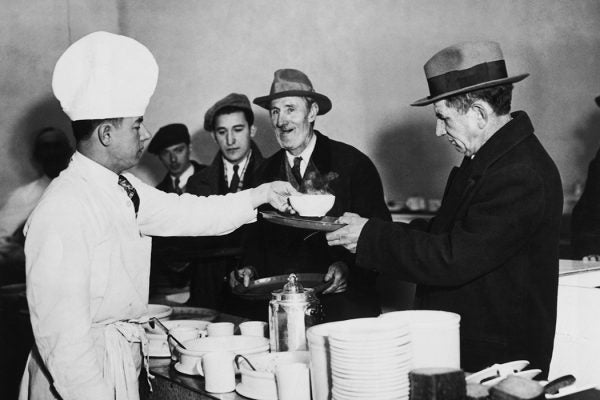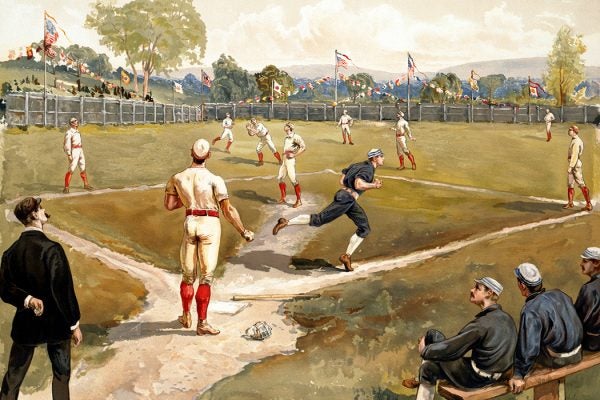Five Decades of Black Activism in St. Louis
Elizabeth Hinton, Percy Green II, Robin D. G. Kelley, Tef Poe, George Lipsitz, and Jamala Rogers trace the history from Civil Rights to Black Lives Matter.
How Tear Gas Became a Staple of American Law Enforcement
In 1932, the “Bonus Army” of jobless veterans staged a protest in Washington, DC. The government dispersed them with tear gas.
Juneteenth and the Emancipation Proclamation
The emancipation of enslaved people in the U.S. took place over a protracted period. The articles in this curated list dig into the complicated history.
Juneteenth in the Alternative Press
Reports in the underground press demonstrate how Juneteenth has been celebrated as both a social and political gathering in the twentieth century.
Where Did Zip Codes Come From?
How a plan for getting the mail delivered faster allowed targeted marketing to grow.
Why Do Police Use Tear Gas When It Was Banned in War?
The development of chemical warfare around the time of World War I led to the use of tear gas as a weapon by civilian police forces.
Institutionalized Racism: A Syllabus
How can we help students understand George Floyd's death in the context of institutionalized racism?
One Parallel for the Coronavirus Crisis? The Great Depression
“The idea that the federal government would be providing emergency relief and emergency work was extraordinary,” one sociologist said. “And people liked it.”
Baseball History and Rural America
Baseball’s creation myth is bunk, and historians have shown how important cities were to the game’s development. But it was still a rural passion.

